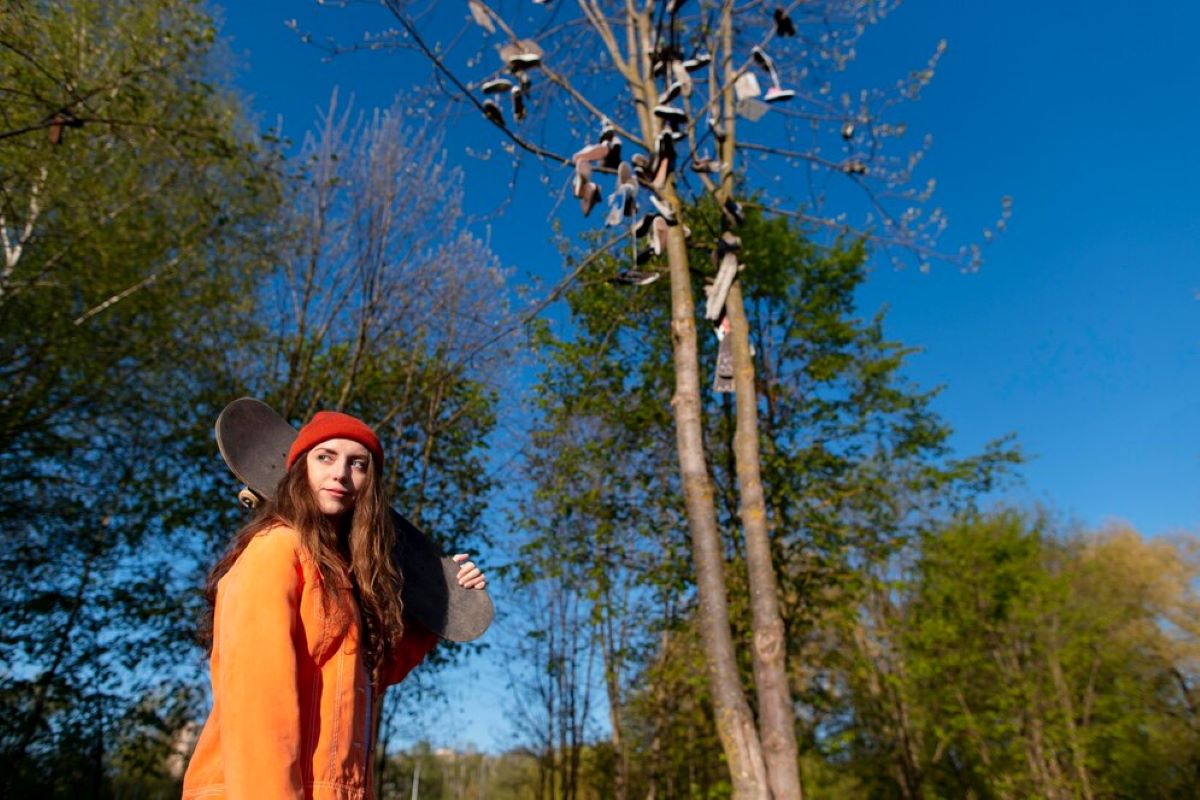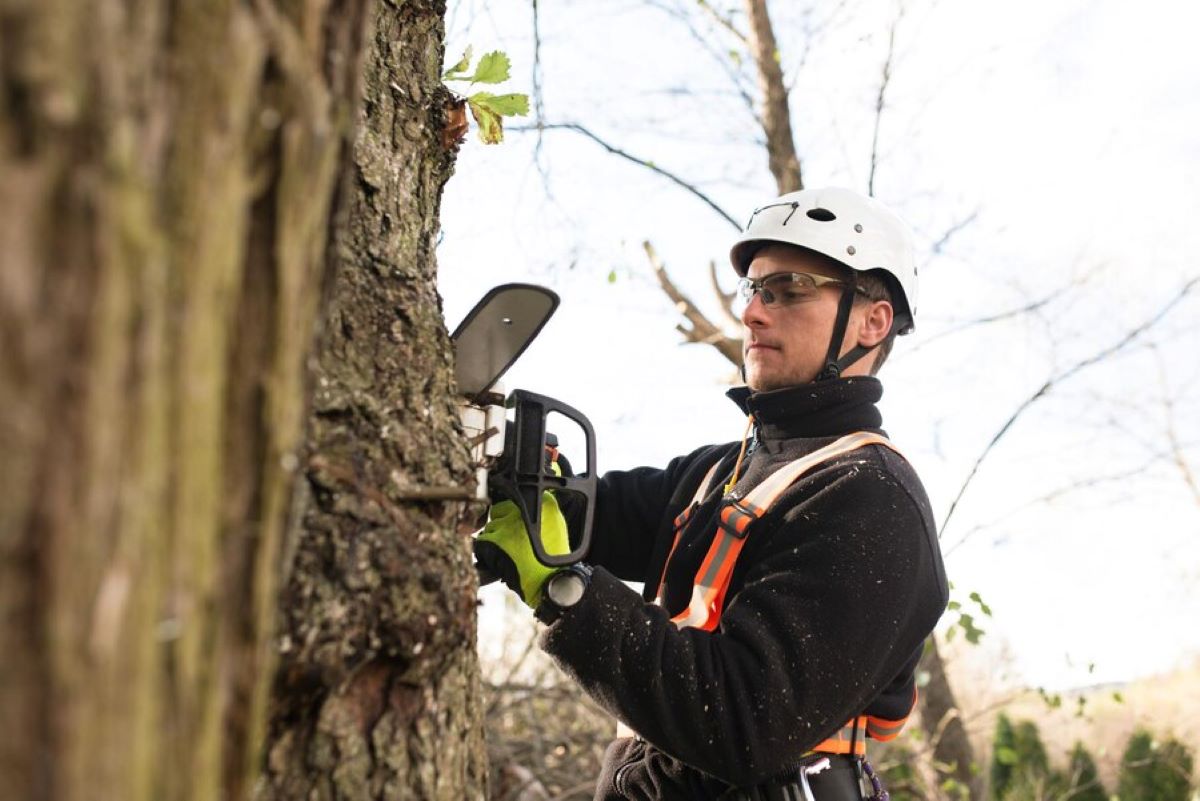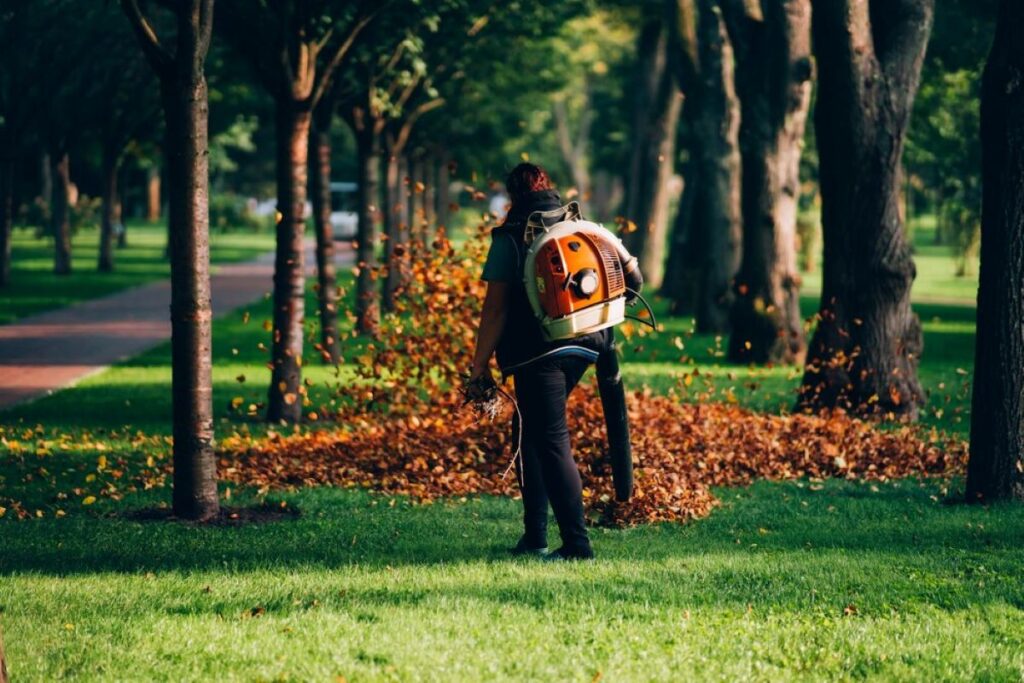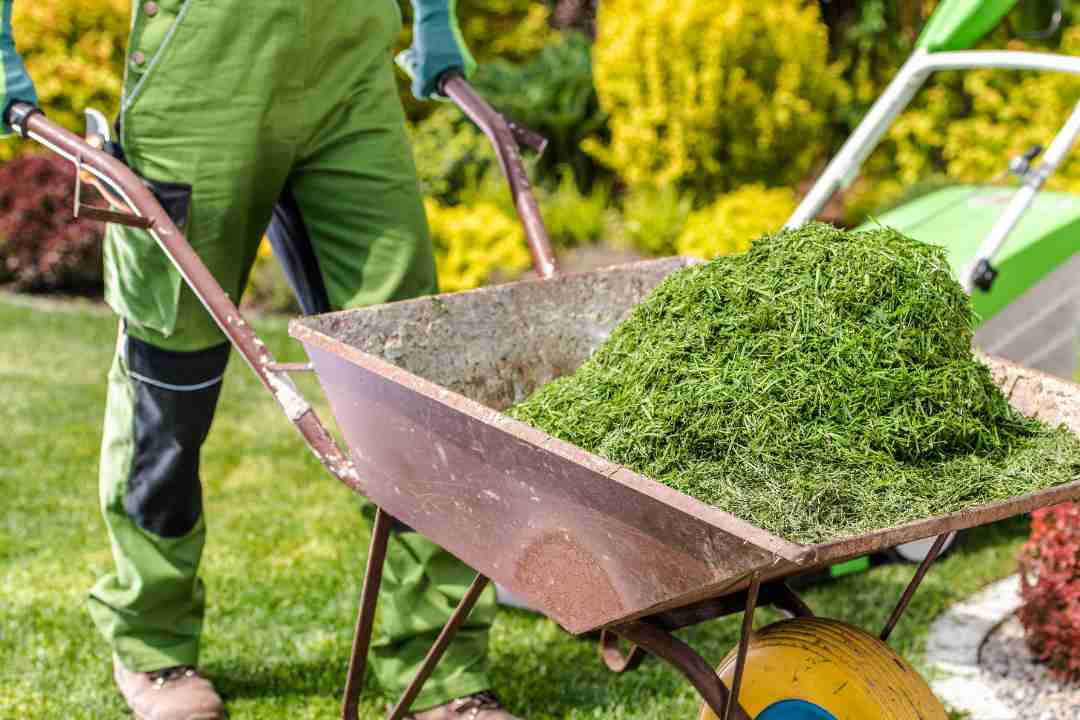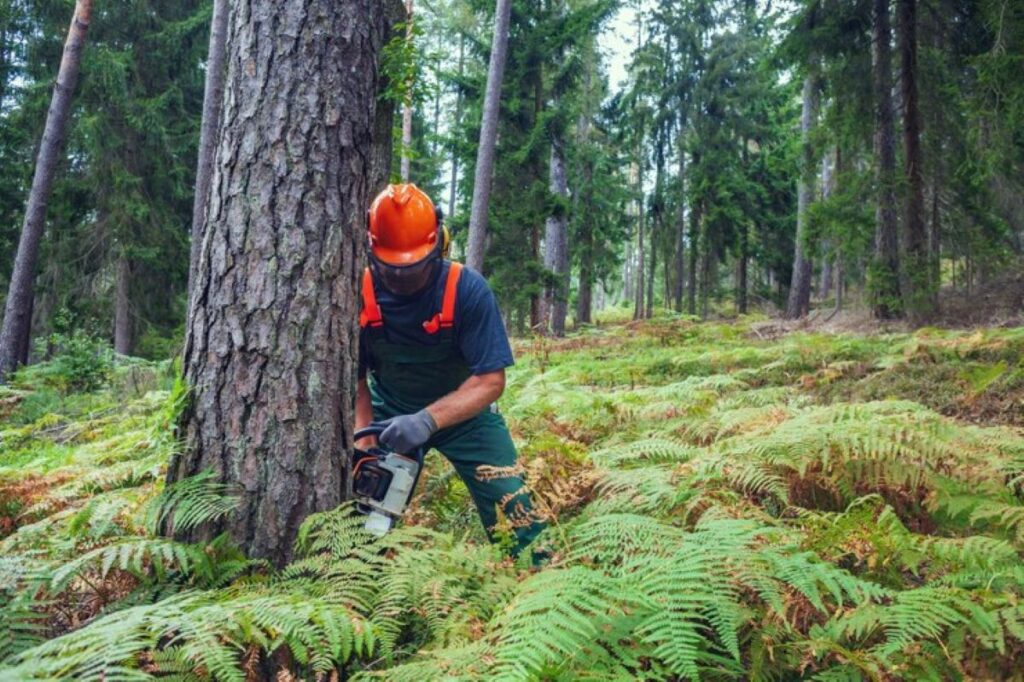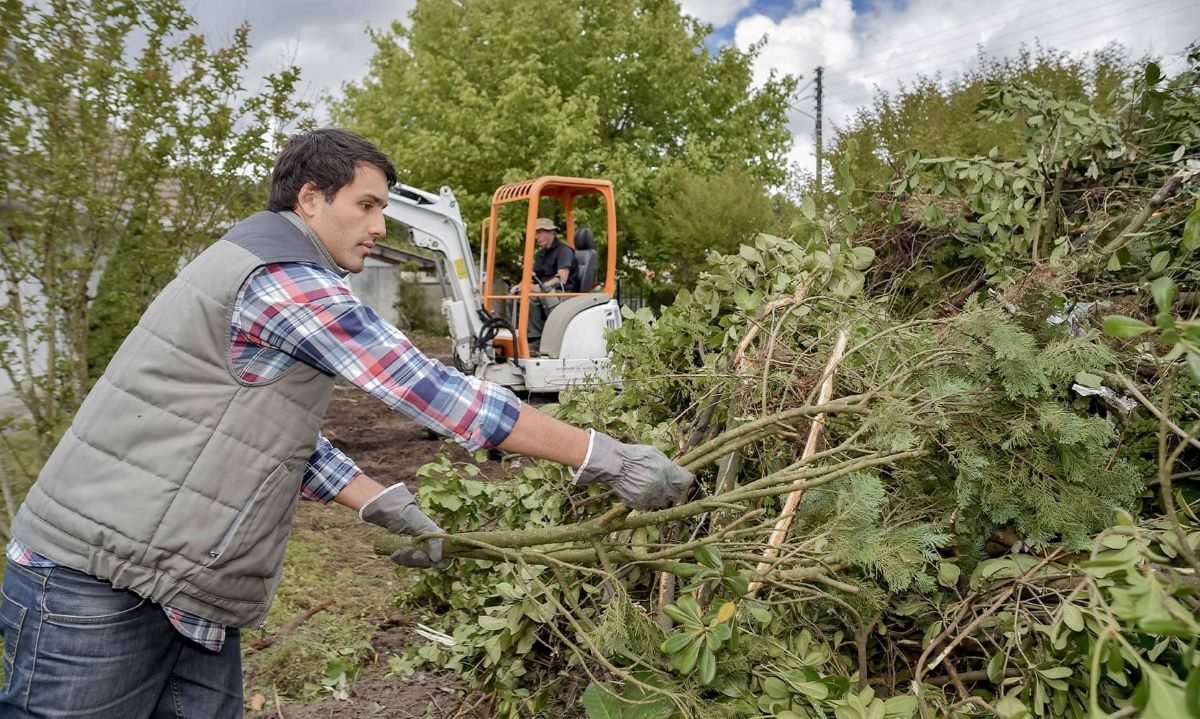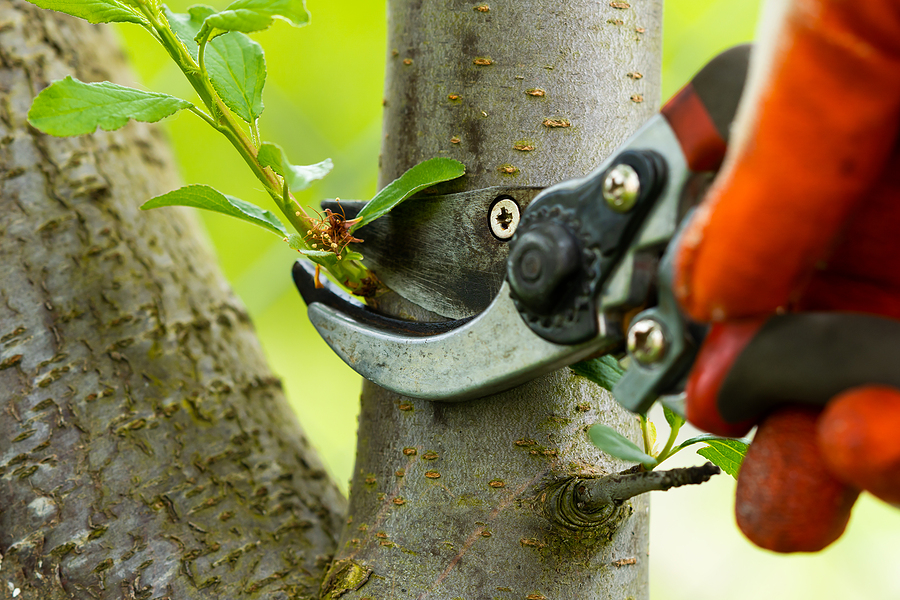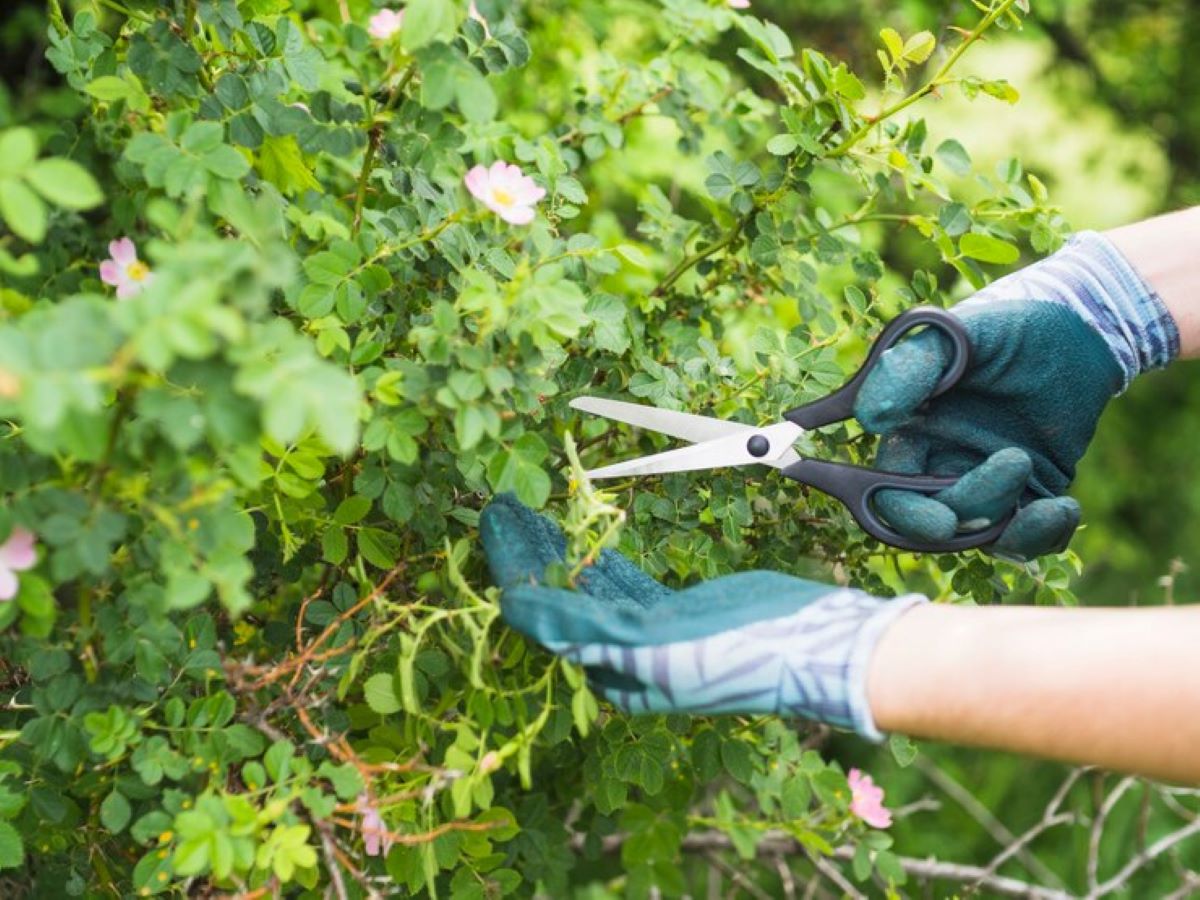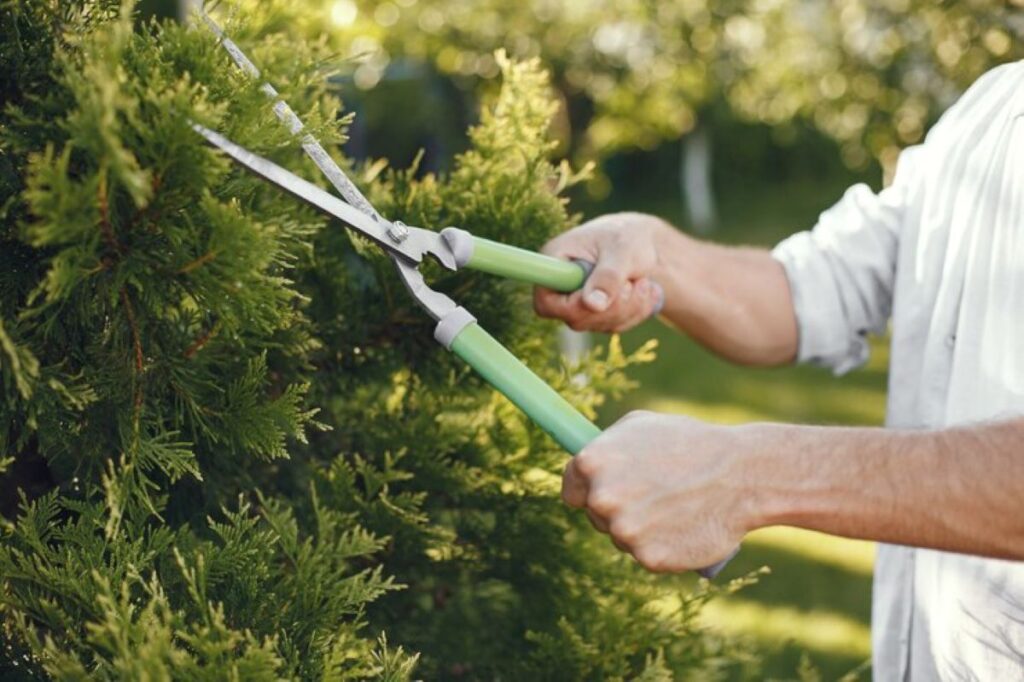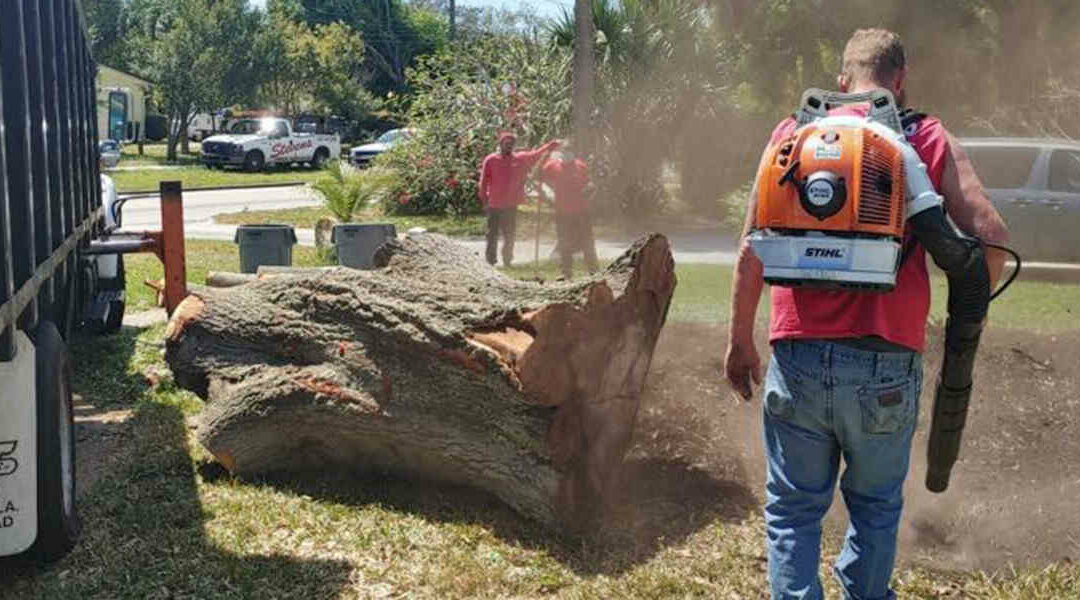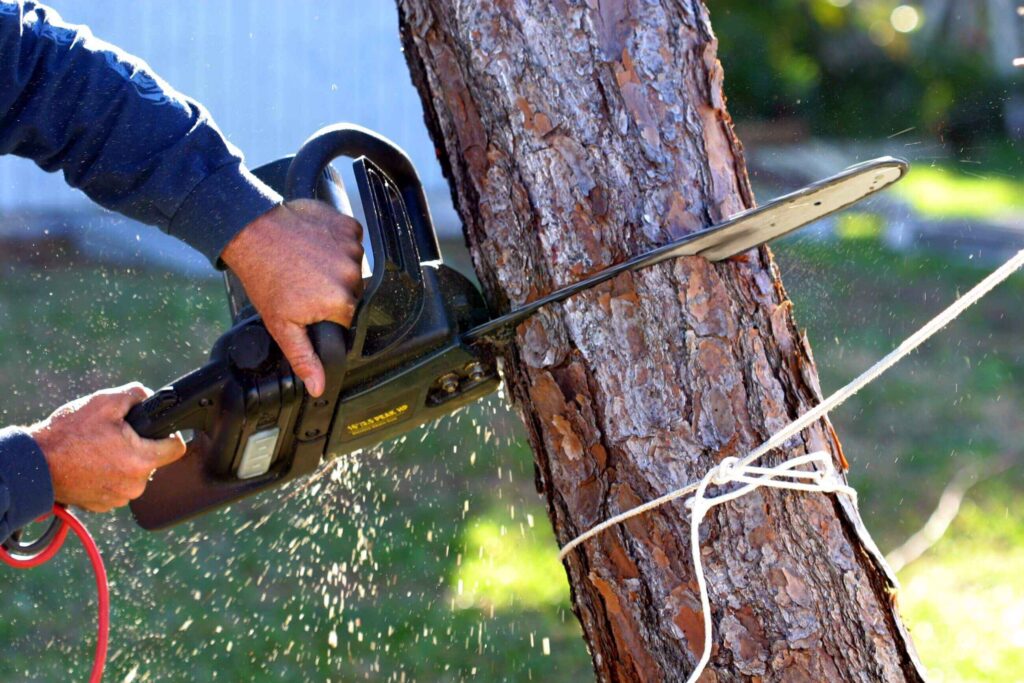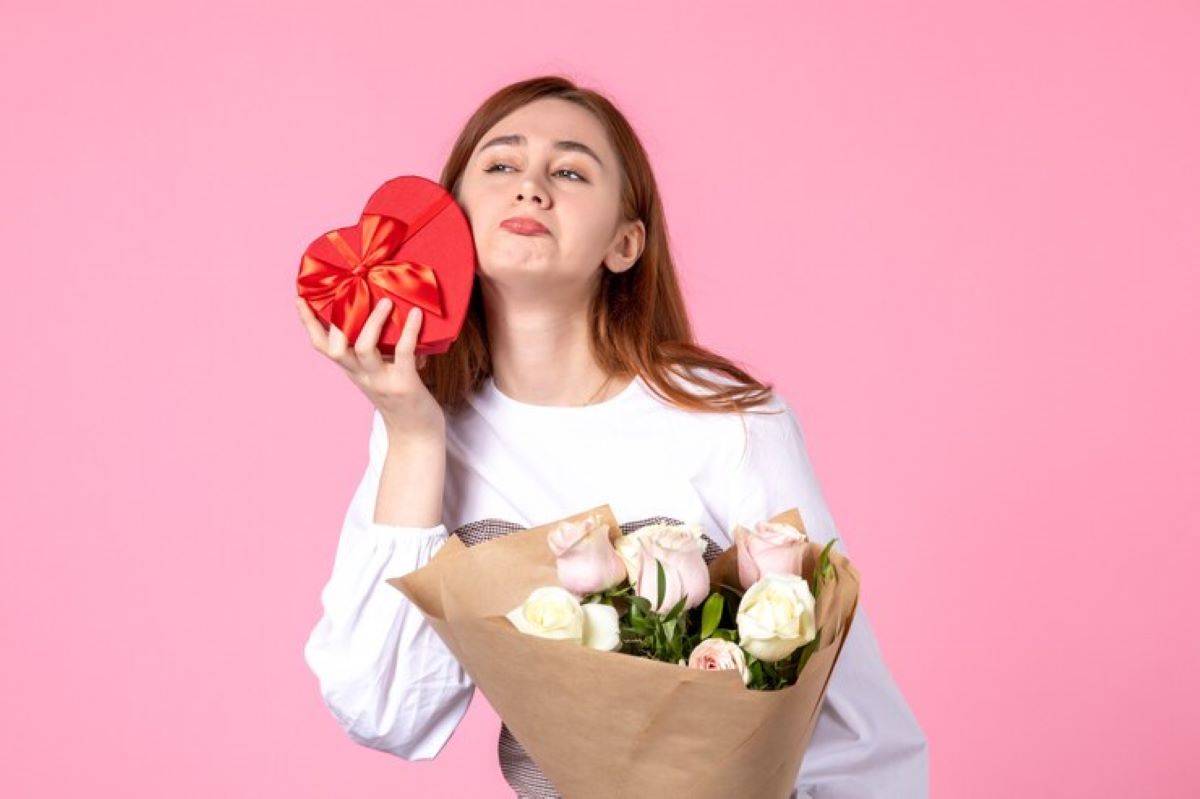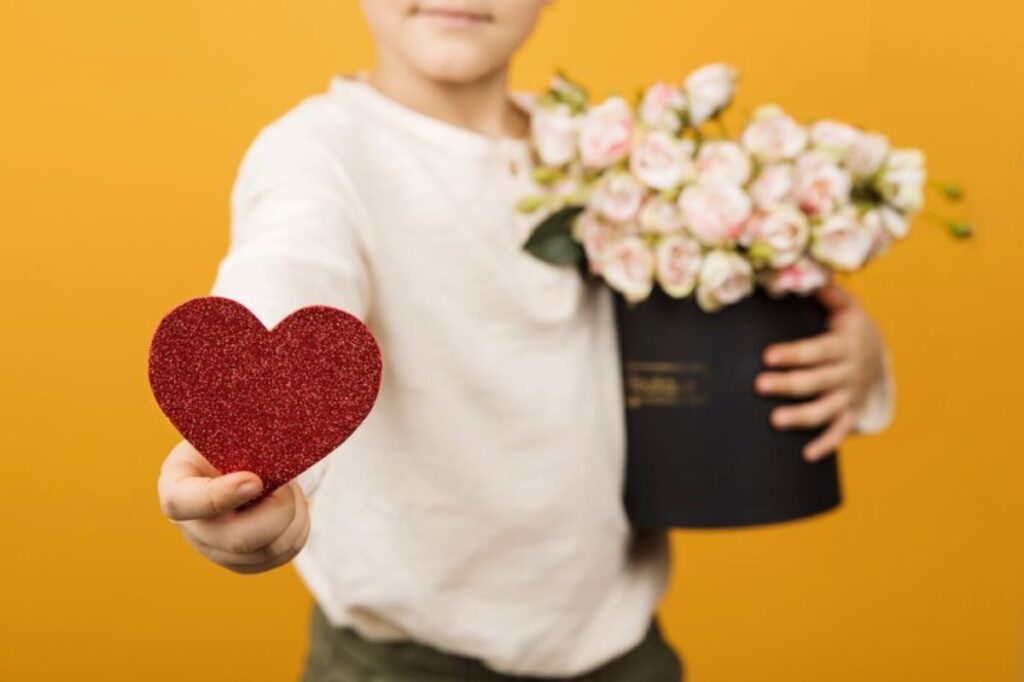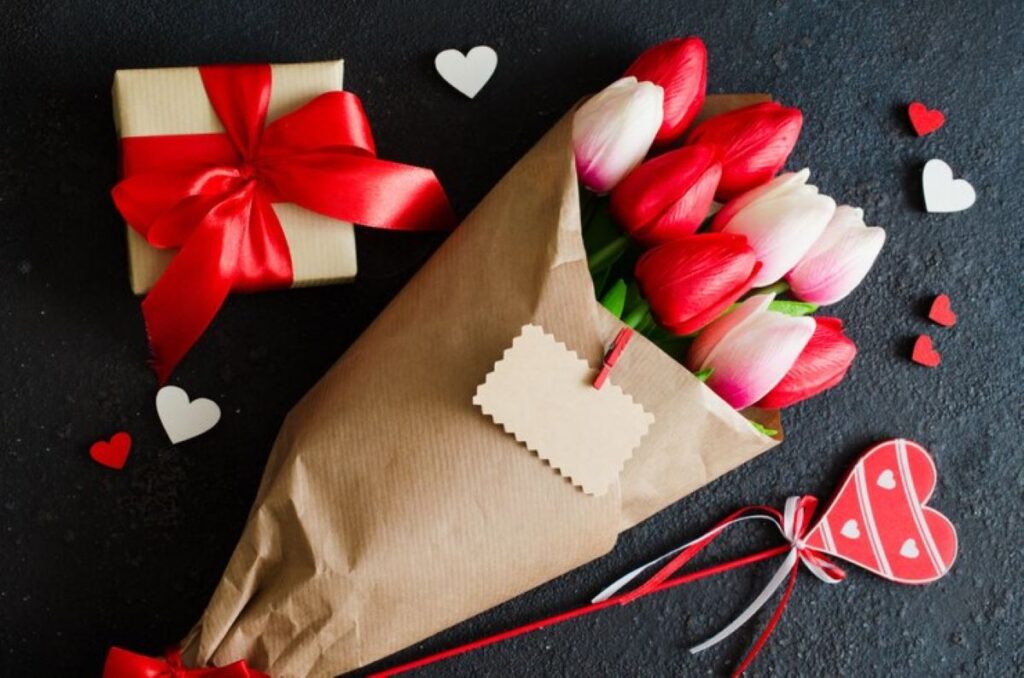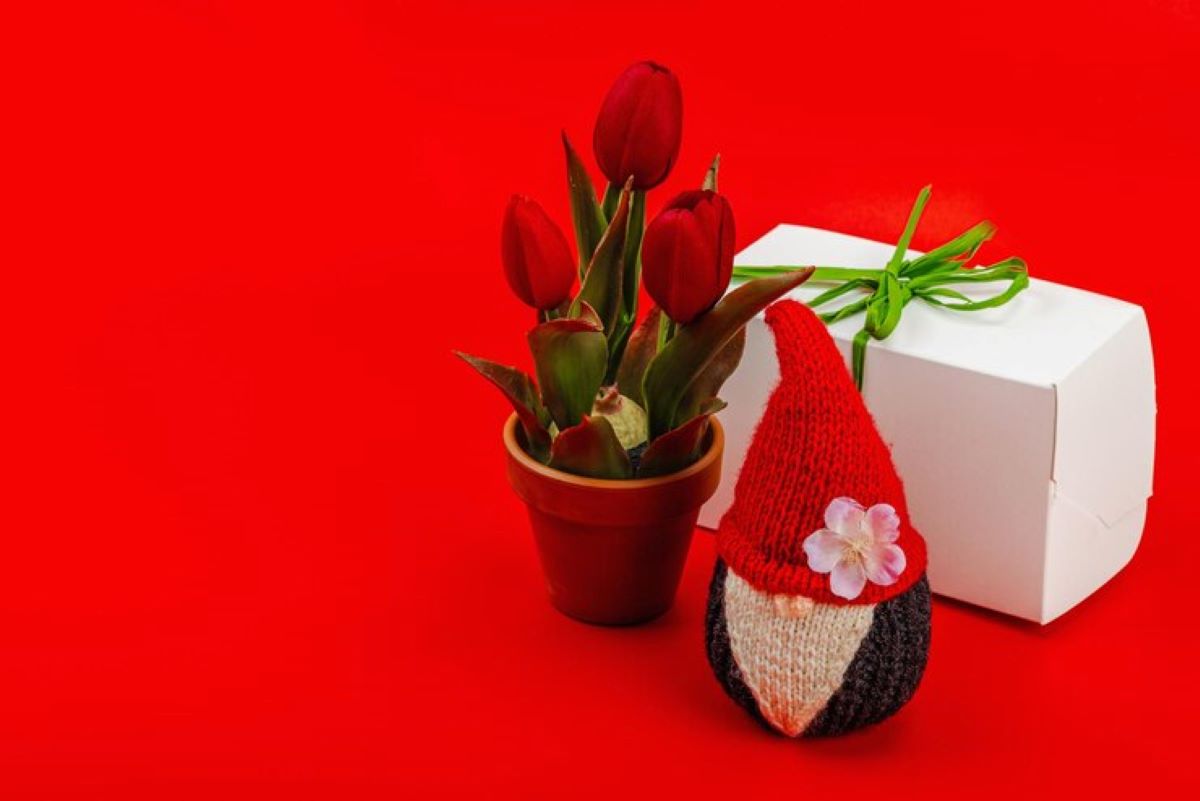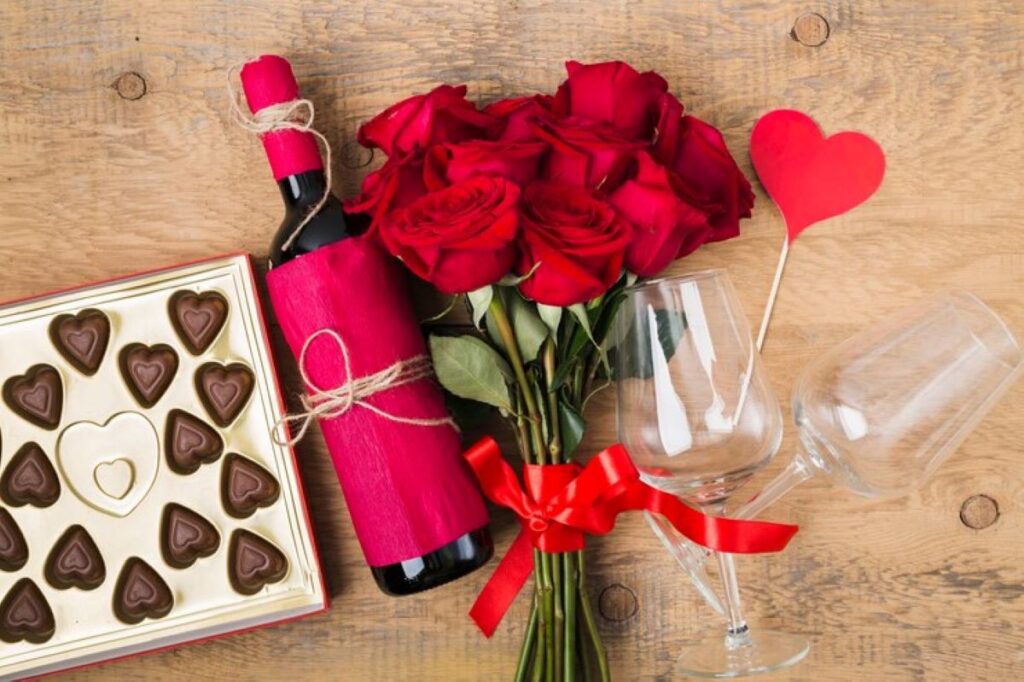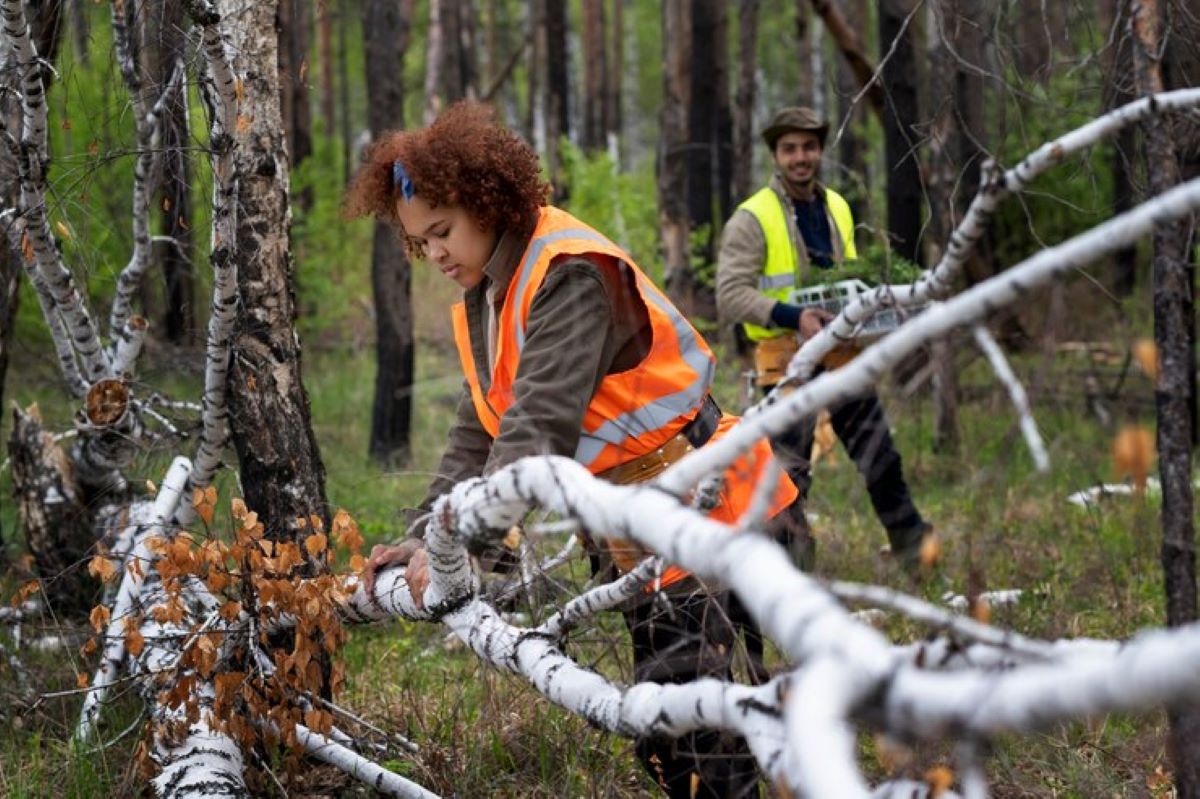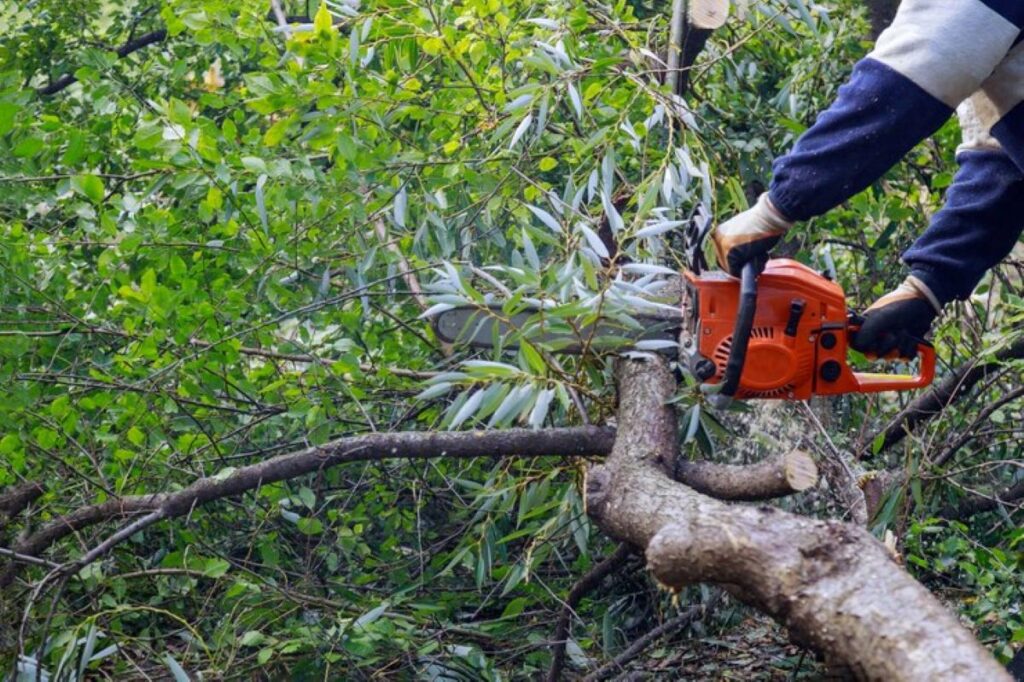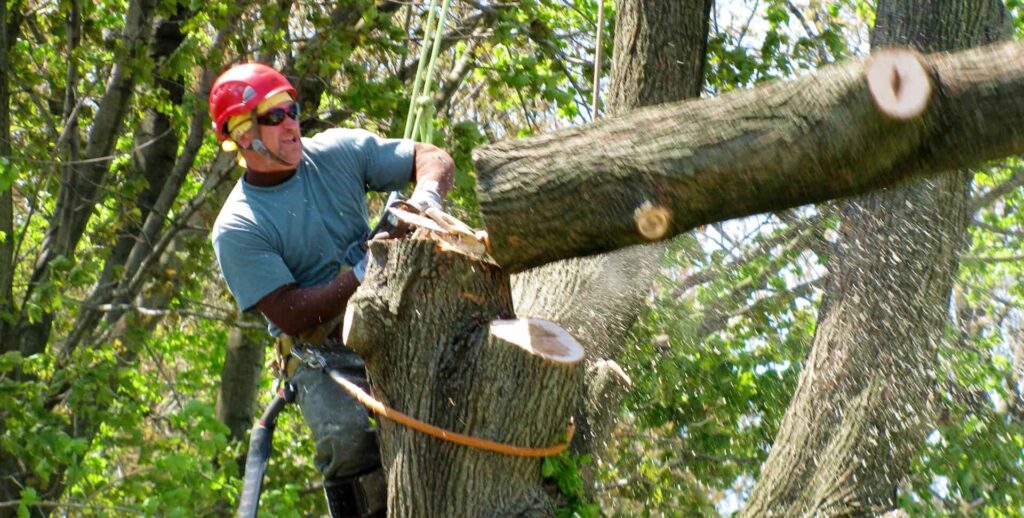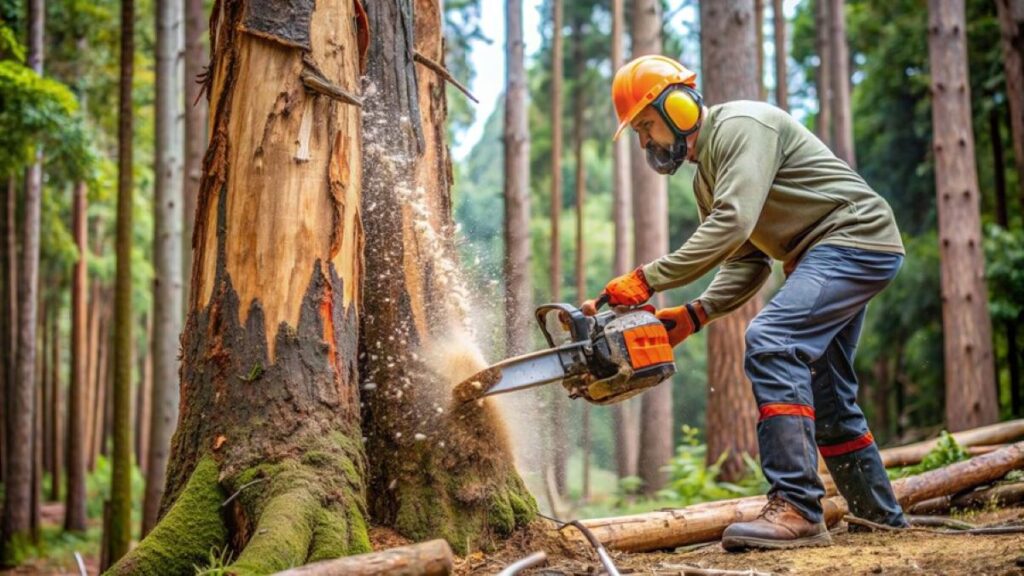When it comes to maintaining the beauty and safety of your property, tree removal is often a necessary consideration. In Pennant Hills, a suburb known for its lush greenery and beautiful landscapes, the need for professional tree removal services is paramount. Whether you’re dealing with a hazardous tree, planning a landscaping project, or simply looking to enhance your outdoor space, understanding the ins and outs of tree removal can make all the difference.
Why Tree Removal is Necessary
There are several reasons why tree removal might be essential. Understanding these can help you make informed decisions about your property.
Safety Concerns
One of the primary reasons for tree removal Pennant Hills is safety. Trees that are dead, diseased, or damaged can pose significant risks. They may fall unexpectedly during storms or high winds, potentially causing injury to people or damage to property. Regular assessments of your trees can help identify any that may need to be removed for safety reasons.
Landscaping and Aesthetic Improvements
Sometimes, trees can obstruct views or sunlight, making it difficult to enjoy your outdoor space. Removing certain trees can open up your garden, allowing for better landscaping opportunities. This can enhance the overall aesthetic appeal of your property, making it more inviting and enjoyable.
Health of Other Trees
In some cases, a tree may be infected with pests or diseases that can spread to other healthy trees in your garden. Removing the affected tree can help protect the surrounding flora and maintain the overall health of your landscape. Consulting with a professional can provide insights into which trees may pose a risk to others.
Choosing the Right Tree Removal Service in Pennant Hills
With numerous options available, selecting the right tree removal service can feel overwhelming. Here are some factors to consider when making your choice.
Experience and Expertise
Look for a company with a solid reputation and extensive experience in tree removal. For instance, local businesses in Pennant Hills often have over 20 years of knowledge and expertise in the field. This experience can be invaluable when it comes to assessing the condition of your trees and determining the best course of action.
Local Knowledge
Choosing a local tree removal service means you benefit from their understanding of the specific challenges and regulations in your area. Companies with over 30 years of local experience, such as Sydney Tree Services, are well-versed in the types of trees common to Pennant Hills and the best practices for their removal.
Range of Services Offered
Not all tree removal companies offer the same services. Some may specialise in certain types of tree removal, while others provide a broader range of services, including stump grinding, tree pruning, and emergency tree removal. It’s essential to choose a company that can meet all your needs.
The Tree Removal Process
Understanding the tree removal process can help alleviate concerns and ensure that everything goes smoothly. Here’s a breakdown of what to expect.
Initial Assessment
The first step in the tree removal process is an assessment by a qualified professional. They will evaluate the tree’s condition, its location, and any potential hazards. This assessment is crucial for determining the safest and most efficient way to remove the tree.
Planning the Removal
Once the assessment is complete, the tree removal team will develop a plan. This plan will outline the methods and equipment needed for the job. Factors such as the tree’s size, location, and proximity to structures will influence the removal strategy. For instance, if the tree is near power lines, special precautions will be taken to ensure safety.
Execution of the Removal
On the day of removal, the team will arrive with the necessary equipment, which may include chainsaws, ropes, and cranes. They will follow the planned procedure, ensuring that the removal is conducted safely and efficiently. The tree will be cut down in sections, allowing for better control and minimising the risk of damage to surrounding areas.
Post-Removal Considerations
After a tree has been removed, there are several important considerations to keep in mind.
Stump Removal
Many homeowners opt for stump removal after a tree has been cut down. Leaving a stump can be unsightly and may pose a tripping hazard. Stump grinding is a common method used to eliminate the stump, allowing for a seamless transition in your landscape. This process involves grinding the stump down below ground level, making it easier to plant new vegetation or lay sod.
Site Restoration
Once the tree and stump have been removed, site restoration is often necessary. This may involve filling in the hole left by the stump, replanting grass, or even planting a new tree. A professional tree removal service can assist with these tasks, ensuring that your garden looks its best after the removal.
Regular Maintenance
After tree removal, it’s a good idea to consider the overall health of your remaining trees. Regular maintenance, such as pruning and health assessments, can prevent future issues and ensure that your landscape remains vibrant and safe. Consulting with a local tree care expert can provide you with a tailored maintenance plan. You may like to visit https://www.anbg.gov.au/gardens/living/horticulture/pruning.html to get about the importance of tree Pruning and tree surgery
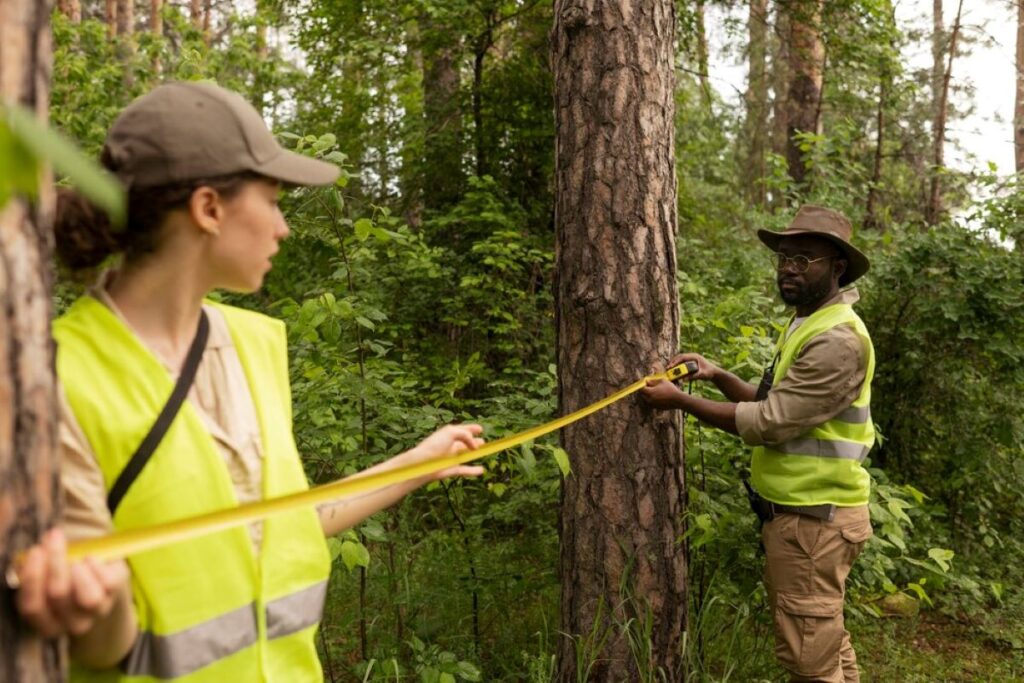
Cost of Tree Removal in Pennant Hills
The cost of tree removal can vary significantly based on several factors. Understanding these can help you budget appropriately.
Factors Influencing Cost
- Tree Size: Larger trees typically require more time and equipment to remove, leading to higher costs.
- Location: Trees located in hard-to-reach areas or near structures may incur additional charges due to the complexity of the removal.
- Stump Removal: If you choose to have the stump removed, this will add to the overall cost.
- Additional Services: Services such as site restoration or emergency removal will also impact the final price.
Getting Quotes
It’s advisable to obtain quotes from multiple tree removal services in Pennant Hills. This will give you a better understanding of the market rate and help you find a service that fits your budget. Be sure to ask about any additional fees that may not be included in the initial quote.
Conclusion
Tree removal is an essential service for maintaining the safety and aesthetics of your property in Pennant Hills. By understanding the reasons for tree removal, the selection process for a service, and the steps involved, you can ensure a smooth and efficient experience. Whether you’re dealing with a hazardous tree or simply looking to enhance your landscape, professional tree removal services are readily available to assist you. With the right knowledge and support, you can enjoy a safer and more beautiful outdoor space.
Related : Thornleigh Tree Services: Your Comprehensive Guide

